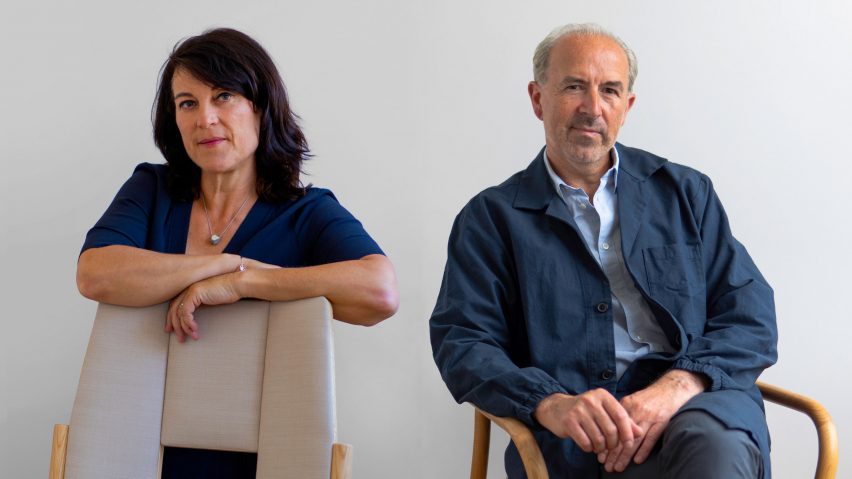
Recycling usable furniture is "nonsensical" say Industrial Facility founders
Industrial Facility founders Kim Colin and Sam Hecht design furniture to be sustainable without shouting about it. In this interview, they explain why they place more emphasis on longevity than recyclability.
Colin and Hecht believe that circularity means more than just planning for an object's end of life; it should also mean ensuring the object stays in use as long as possible.
"The idea of recycling furniture because you've grown tired of it is nonsensical," said Hecht.
"It's maybe fine for a bottle of wine, but it's not a great thing to do with furniture," he told Dezeen.
Based in London, Industrial Facility has launched several new products this year. Among them is the Bow Chair, a dining chair launched by flat-pack furniture specialist Takt during 3 Days of Design.
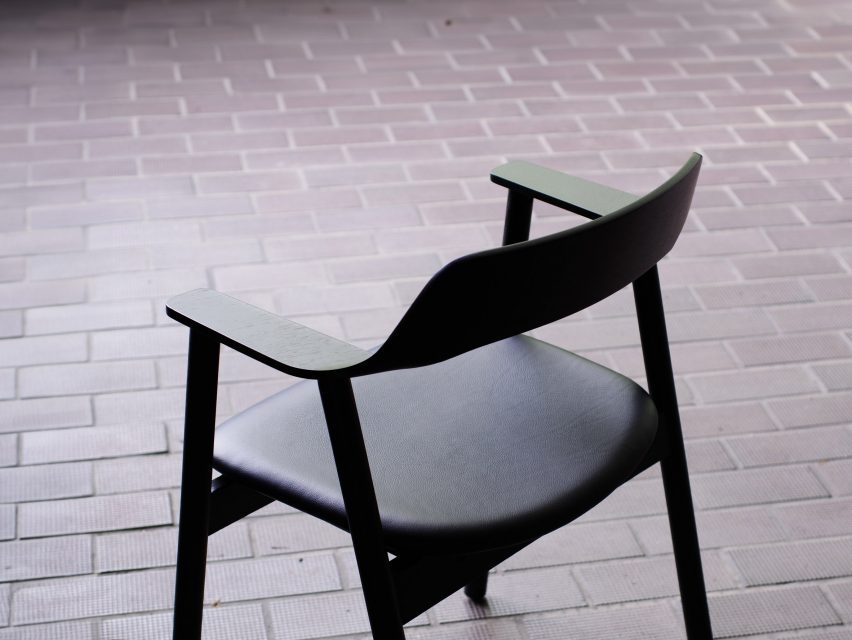
The chair is designed for self-assembly and easy disassembly. Made from a single sheet of oak plywood, its modular components can be repaired or replaced if damaged.
Colin said that many people don't realise the chair is self-assembly.
She describes it as an example of "dormant" circularity. By this, she means that although the chair could be recycled, the design doesn't promote disposability.
"Circularity is inherent to how we thought through the project, but it's not the message," she said.
"The message is: I'm a great chair. I'm comfortable. You can live with me for a very long time."
"The chair doesn't need to shout out that it's flat-pack or that it has all the credentials that it has," added Hecht. "Some things should be a given. Another of those givens is that it should last."
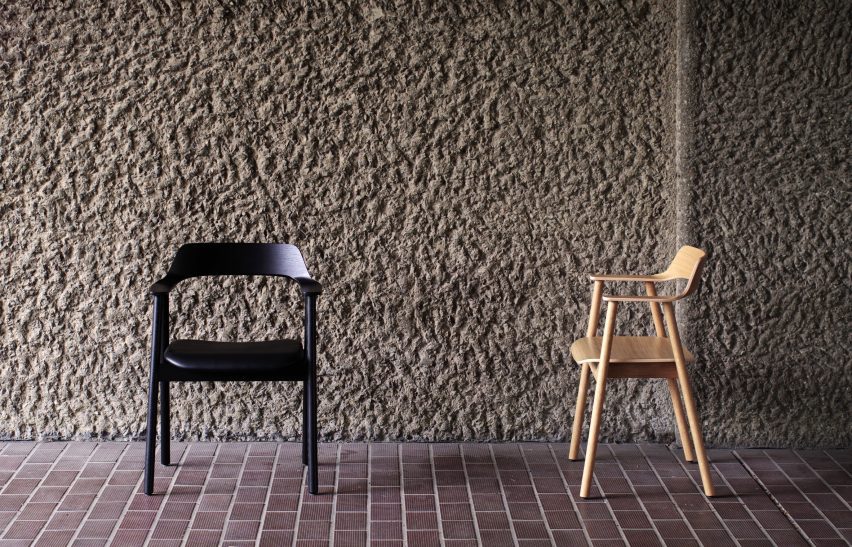
Colin, a California-born architect, and Hecht, a London-born industrial designer, founded their studio in 2002. Their best-known works are for brands such as Herman Miller and Mattiazzi.
Central to the duo's approach is a rejection of the celebrity designer culture that dominates the industry.
The name, Industrial Facility, reflects this attitude. The focus is on functional objects that can be produced at scale, rather than artistic works that reflect a personal style or aesthetic.
"We're all about the project and not so much about ourselves," said Hecht.
"We design for a world where we know there are other things," continued Colin. "We're often told that our designs are quiet in the room, but doing a great job and pleasurable to be around."
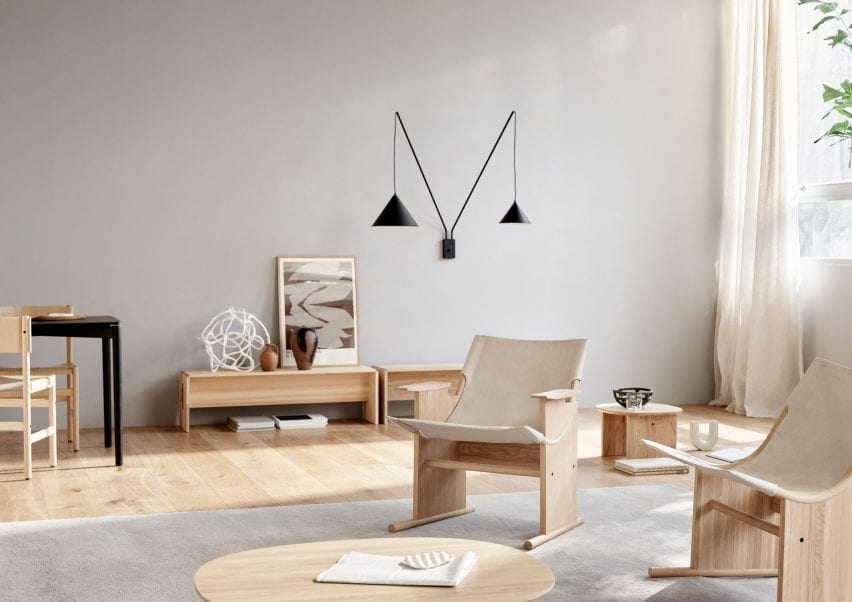
The duo, who are also partners, don't always see eye to eye – they disagreed several times during this interview. But they see this as a strength, helping them to bring different perspectives to a brief.
"Projects get better when we are battling back and forth," said Colin.
"We have different backgrounds, so culturally we're inherently different," she explained.
"But we have a lot of respect for each other's talents and points of view. Somehow our disagreements, our different ways of seeing things, make our projects better."
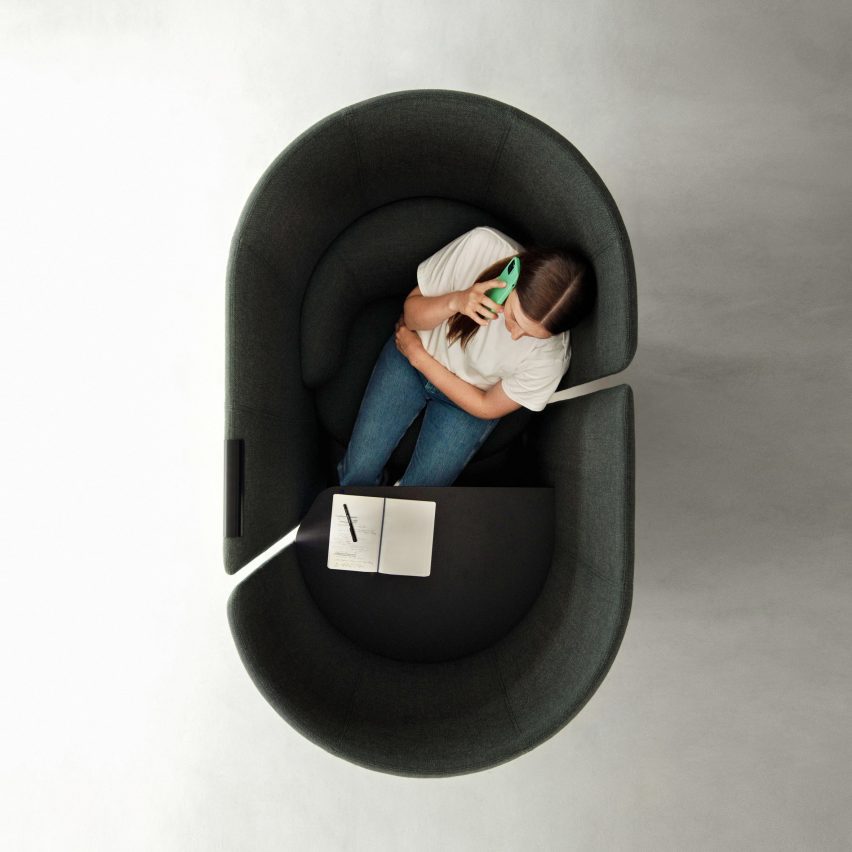
Industrial Facility also recently launched Tulipan, an upholstered booth containing a chair and a small table.
Developed with +Halle, a Danish brand specialising in innovative furniture for offices and public spaces, Tulipan offers an alternative to the glass meeting pods that have become increasingly common in open-plan workspaces.
With its low height and intuitive rotating seat, this semi-private workstation is much less dominant in a room. It takes up the same amount of space as a small table and offers a high level of acoustic privacy.
"We said, let's make the smallest environment you could ever have and feel comfortable in," said Hecht.
"We've seen an overpopulation of these private phone booths that look like aquariums," added Colin.
"It's a bad experience to be in this completely sealed space and they look ridiculous. However, people do need space for private moments and to focus. We kept saying, surely there is an in-between?"
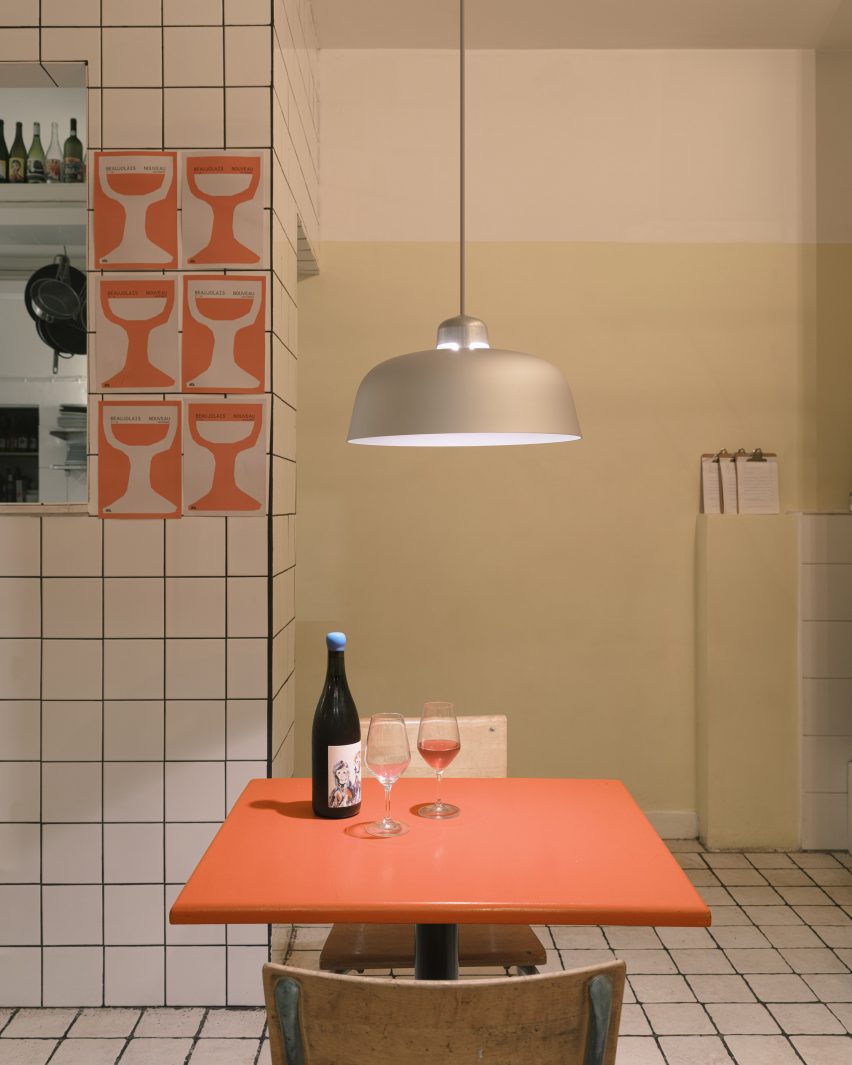
As well as the two new launches, Industrial Facility recently collaborated with Swedish lighting brand Wastberg on a rework of the w162 Dalston, a pendant lamp first launched in 2016.
The design now incorporates the latest LED technology and is available in raw aluminium, making it less environmentally harmful to produce and easier to recycle.
Colin and Hecht say they wish more brands were open to reworking designs from the recent past.
They believe the industry's obsession with newness means that many successful 21st-century designs aren't given the value they deserve. They argue that this is both inefficient and unsustainable.
"Companies don't want you to revisit a piece you did three or four years ago; they want something fresh," said Hecht.
"The industry always wants to know what the next thing is," he added. "You spend three years on a project and, before you've even talked about what it is and how you got to it, journalists ask what's next."
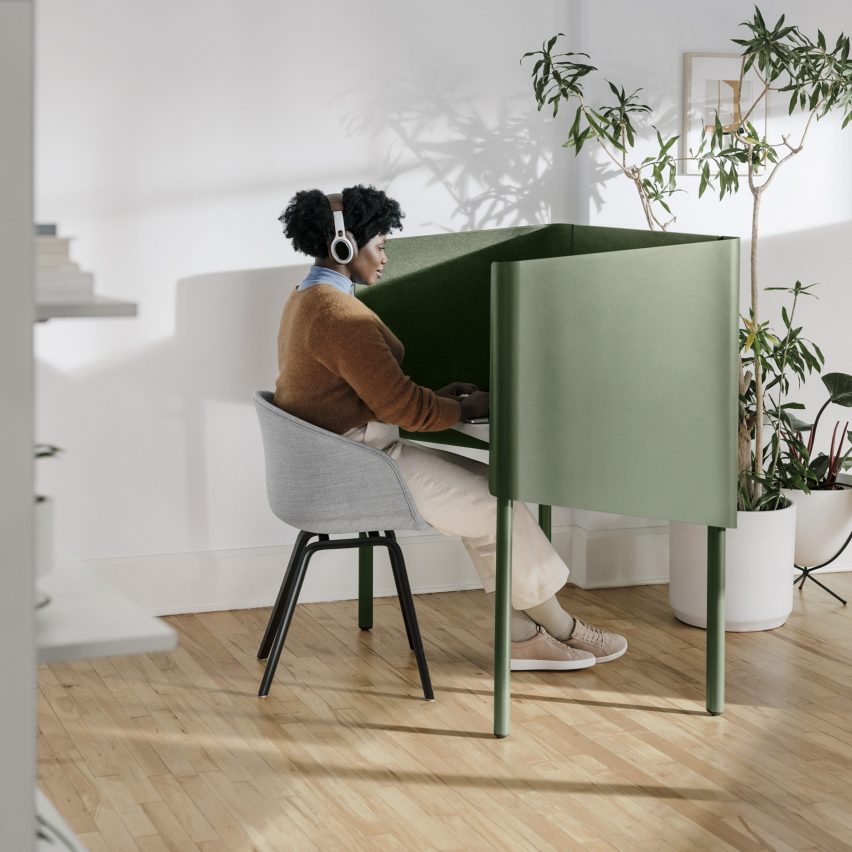
The pair believe that events like 3 Days of Design and London Design Festival contribute to the problem, as they become increasingly focused on design as an experience rather than a business.
"People come [to these events] to see design and get a false impression of what the industry actually is," suggested Colin. "They get this feeling that design is a very exciting place."
"The industry itself has really suffered in the last several years and I think it's still pretty much on its knees, but it doesn't look like that when you go to a design festival."
"It's like when you look down Oxford Street or Fifth Avenue. There are still a lot of people, but they're not holding shopping bags. It's a bit of a false economy."
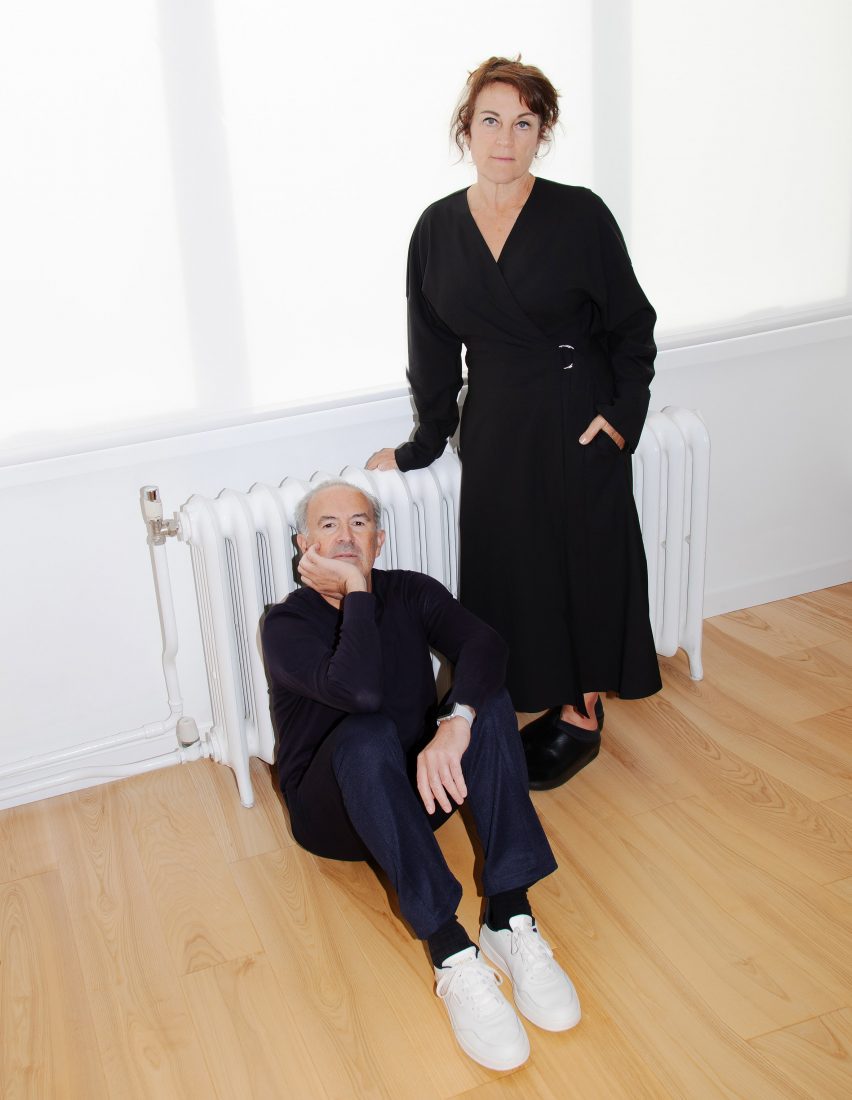
Despite their wider concerns for the industry, Colin and Hecht plan to stay true to their principles as they look to the future.
"We always say, make stuff that will stick around a long time," said Colin.
"And also, try to avoid silliness in the hope of grabbing people's attention," added Hecht.
Portrait photography is courtesy of Industrial Facility. Other imagery is courtesy of the respective brands
Dezeen In Depth
If you enjoy reading Dezeen's interviews, opinions and features, subscribe to Dezeen In Depth. Sent on the last Friday of each month, this newsletter provides a single place to read about the design and architecture stories behind the headlines.